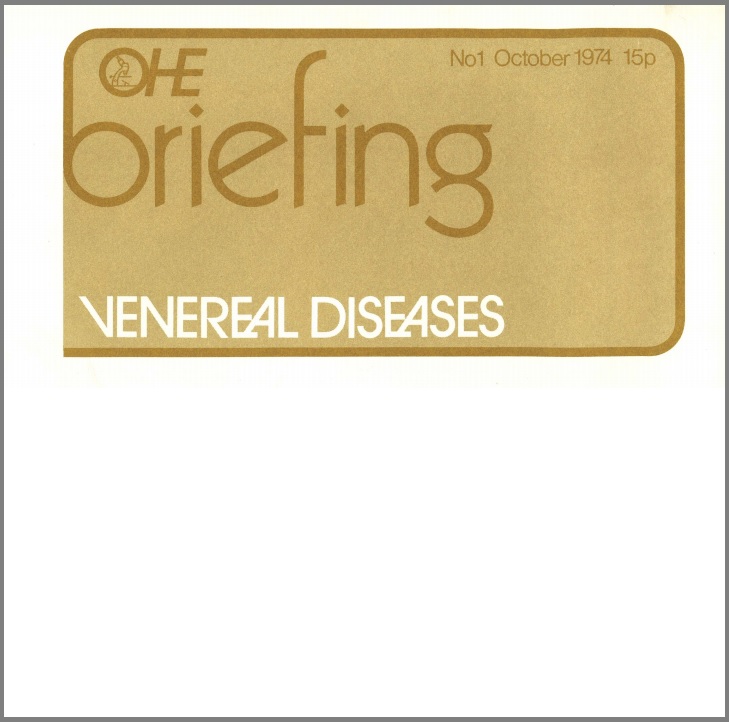Sign up to our newsletter Subscribe
Analysing Global Immunisation Expenditure

The ‘venereal’ diseases of syphilis and gonorrhoea, whilst deserving close attention, do not constitute one of the major health problems of Britain today. In 1972, in England, about one man in every 10,000 and one woman in every 30,000 consulted a venereal disease…
The ‘venereal’ diseases of syphilis and gonorrhoea, whilst deserving close attention, do not constitute one of the major health problems of Britain today. In 1972, in England, about one man in every 10,000 and one woman in every 30,000 consulted a venereal disease clinic with syphilis. For gonorrhoea about one man in 600 and one woman in 1,200 consulted clinics in the course of the year. Treatment usually presents no serious problems in this country, although some commentators have been concerned by the rising trend in gonococcal infections. Figures 1 and 2 illustrate the changes that have taken place in yearly notifications of early syphilis and gonorrhoea in Britain and other nations since 1950.
Throughout .the majority of the western industrialised countries cases of early syphilis dropped rapidly from their immediate post-war peak until about the mid-1950s. This rapid decline was probably connected with the widespread use of penicillin for a wide range of other infections. A significant number of cases of early syphilis would have received curative medicines as a result of coincidental treatment for some other illness during the long incubation period between infection and development of contagious lesions. From the mid-1950s the tetracyclines took over from penicillin in the treatment of many infections. Tetracycline is not as effective against syphilis and notifications tended to rise again, eventually reaching a plateau, which in some countries is higher and in others is lower than the rates prevailing in 1950.
Venereal Diseases
